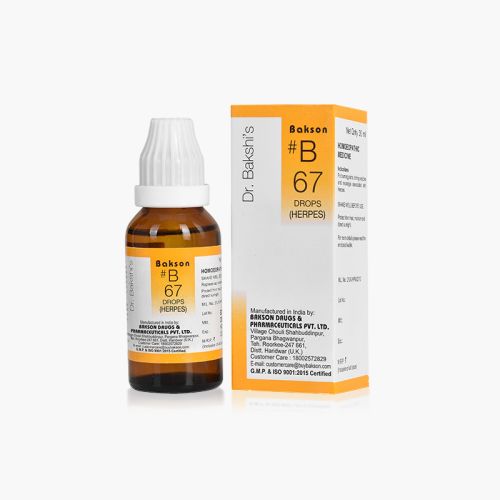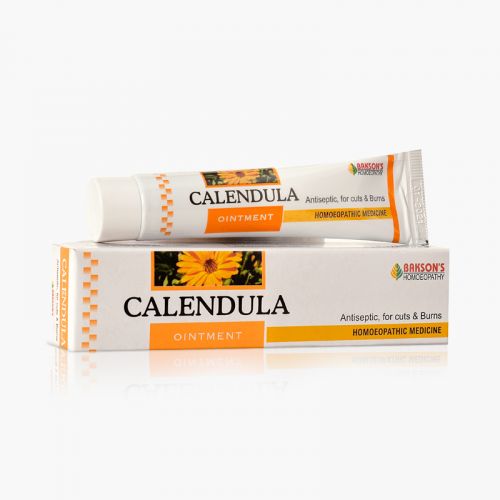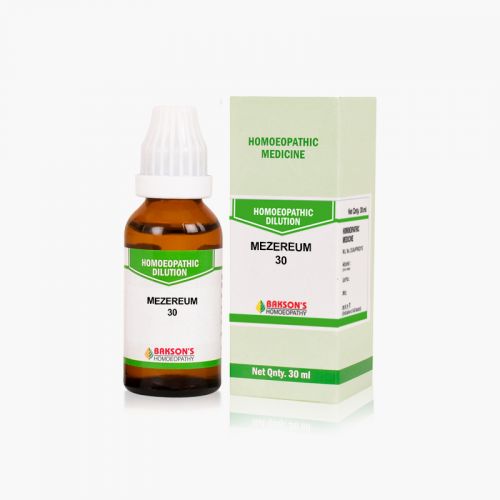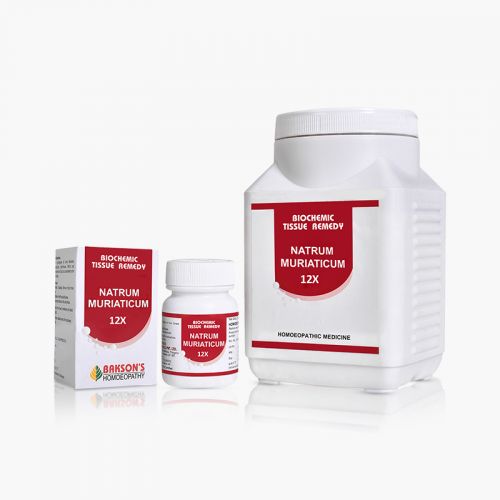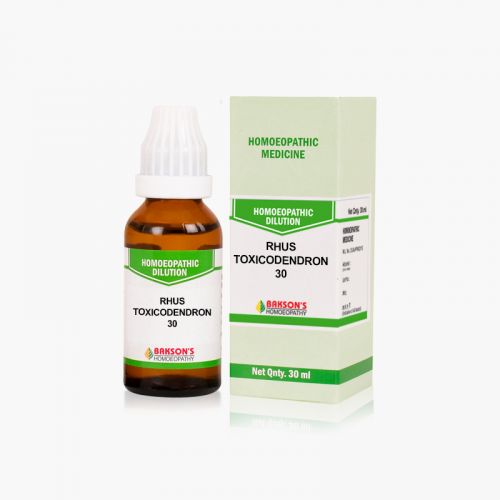We use cookies to make your experience better. To comply with the new e-Privacy directive, we need to ask for your consent to set the cookies. Learn more.
What are Shingles?
Herpes zoster is commonly known as shingles. It is a viral disease caused by reactivation of varicella-zoster virus which remains dormant in the sensory ganglia of the cranial nerve or the dorsal root ganglia after a previous varicella infection. Varicella is also commonly known as chicken pox occurs in children whereas herpes zoster occurs in adults.
The virus causes blistering on the skin and these lesions produce Varicella- zoster-specific T- cell proliferation. There is no seasonal variation seen with herpes zoster and the recurrence is commonly seen in immunocompromised people. The virus can be transmitted either via direct skin contact or by inhaling infected droplets.
Causes
When the virus reactivates, it replicates in neuronal cell bodies and virions are shed from the cells which are carried down by the nerve to the area of skin innervated by that particular ganglion. Triggers for herpes zoster are:
- Emotional stress
- Use of medications (immunosuppressants)
- Acute or chronic illness
- Exposure to the virus
- Presence of a malignancy
Sign and symptoms
The dermatological involvement is centripetal in pattern and follows a dermatome. In most of the cases, lumbar and cervical roots are involved. Motor involvement is rare. The vesicles crop in two to three over a period of three to five days preceded by fever, malaise and excruciating pain. The lesions start as erythematous papules which become vesicles and may occur in continuous or interrupted bands in one, two or more dermatomes unilaterally. The commonly involved dermatomes are thoracic, cervical and trigeminal.
Ramsay Hunt syndrome type II is a form of shingles which is caused due to the spreading of virus from the facial nerve to vestibulocochlear nerve affecting ear leading to hearing loss and vertigo. The ophthalmic division of the trigeminal nerve is most commonly involved and causes ophthalmic zoster.
Complications include disseminated zoster, post herpetic neuralgia etc.
Diagnosis
Herpes zoster is clinically diagnosed with burning pain, characteristic morphology of the lesions and its typical distribution. Varicella zoster specific IgM antibodies are detected in the blood. Real-time PCR is a sensitive test and has greater reliability.
General management
Proper medications must be recommended for the resolution of lesions and to ameliorate acute pain. Also, prevention of post herpetic neuralgia in elderly must be given attention.
Warning: Above information provided is an overview of the disease, we strongly recommend a doctor's consultation to prevent further advancement of disease and/or development of complications.
Disclaimer: The information provided herein on request, is not to be taken as a replacement for medical advice or diagnosis or treatment of any medical condition. DO NOT SELF MEDICATE. PLEASE CONSULT YOUR PHYSICIAN FOR PROPER DIAGNOSIS AND PRESCRIPTION.
- #B 67 DROPSSpecial Price ₹ 160.00 Regular Price ₹ 200.00
- CALENDULA OINTMENT- 25 GM₹ 75.00
- HEPAR SULPHUR 30₹ 100.00
- MEZEREUM 30₹ 100.00
-
- PETROLEUM 30₹ 100.00
- RHUS TOXICODENDRON 30₹ 100.00




